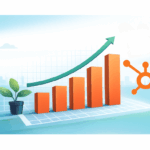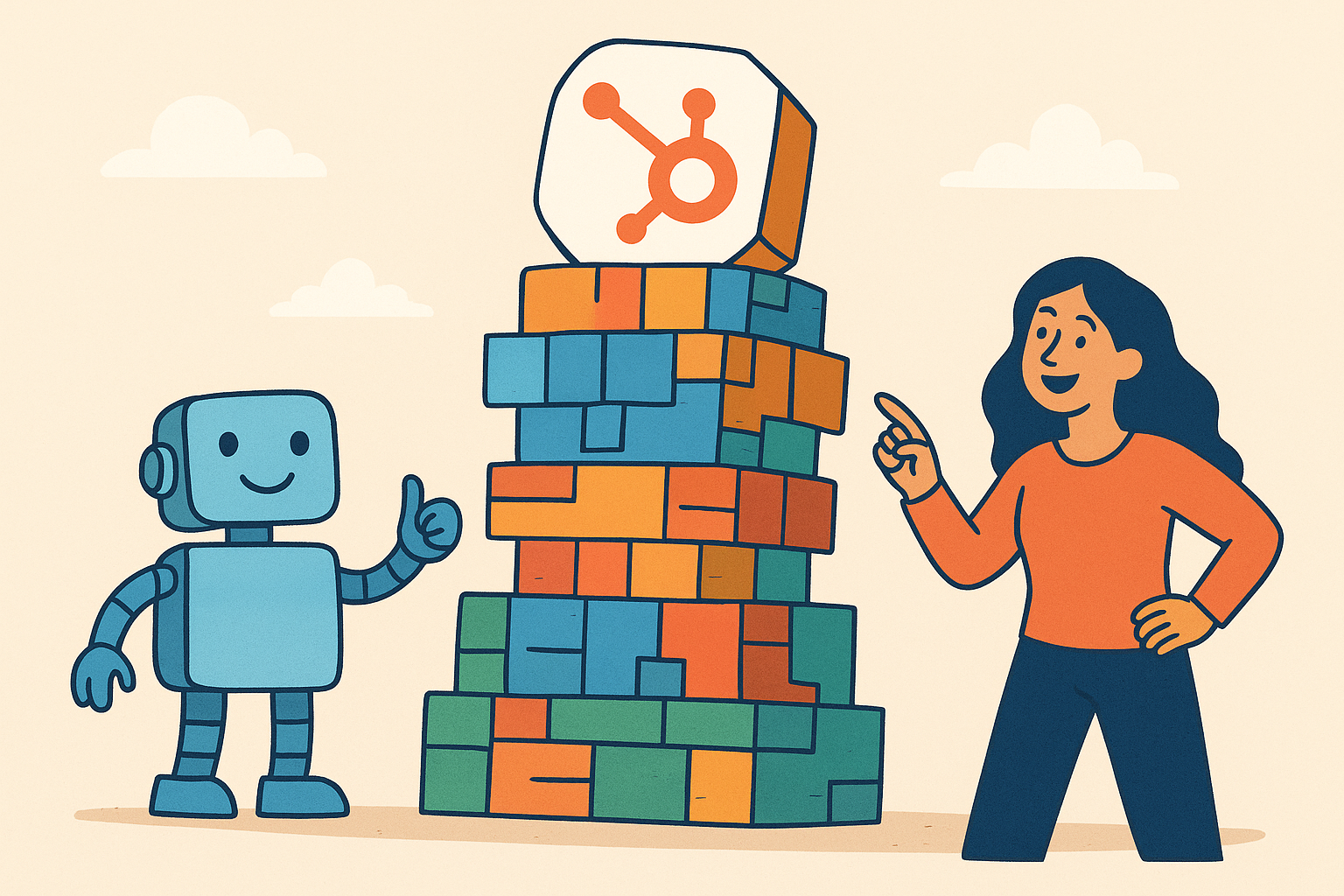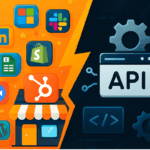
The Growth Strategy Behind HubSpot Maturity
Your HubSpot Is More Than a Tool, It’s a Growth Engine
Many companies make a significant investment in HubSpot, acquire all the powerful features, but ultimately end up using only a fraction of its true potential. They possess a powerful, integrated engine but are stuck perpetually in first gear. They treat HubSpot as a simple database or, as the starting stage of this journey suggests, a digital rolodex.
The difference between organizations that see massive, predictable ROI and those that don’t is not the tool itself, but their usage maturity. It’s about how strategically and deeply they utilize the platform’s integrated capabilities.
This post will break down the four essential stages of HubSpot maturity, demonstrating the direct correlation between each stage and scalable revenue growth. By the end, you will have a clear roadmap to level up your own HubSpot usage, transforming it from a cost center into a strategic, revenue-generating machine.
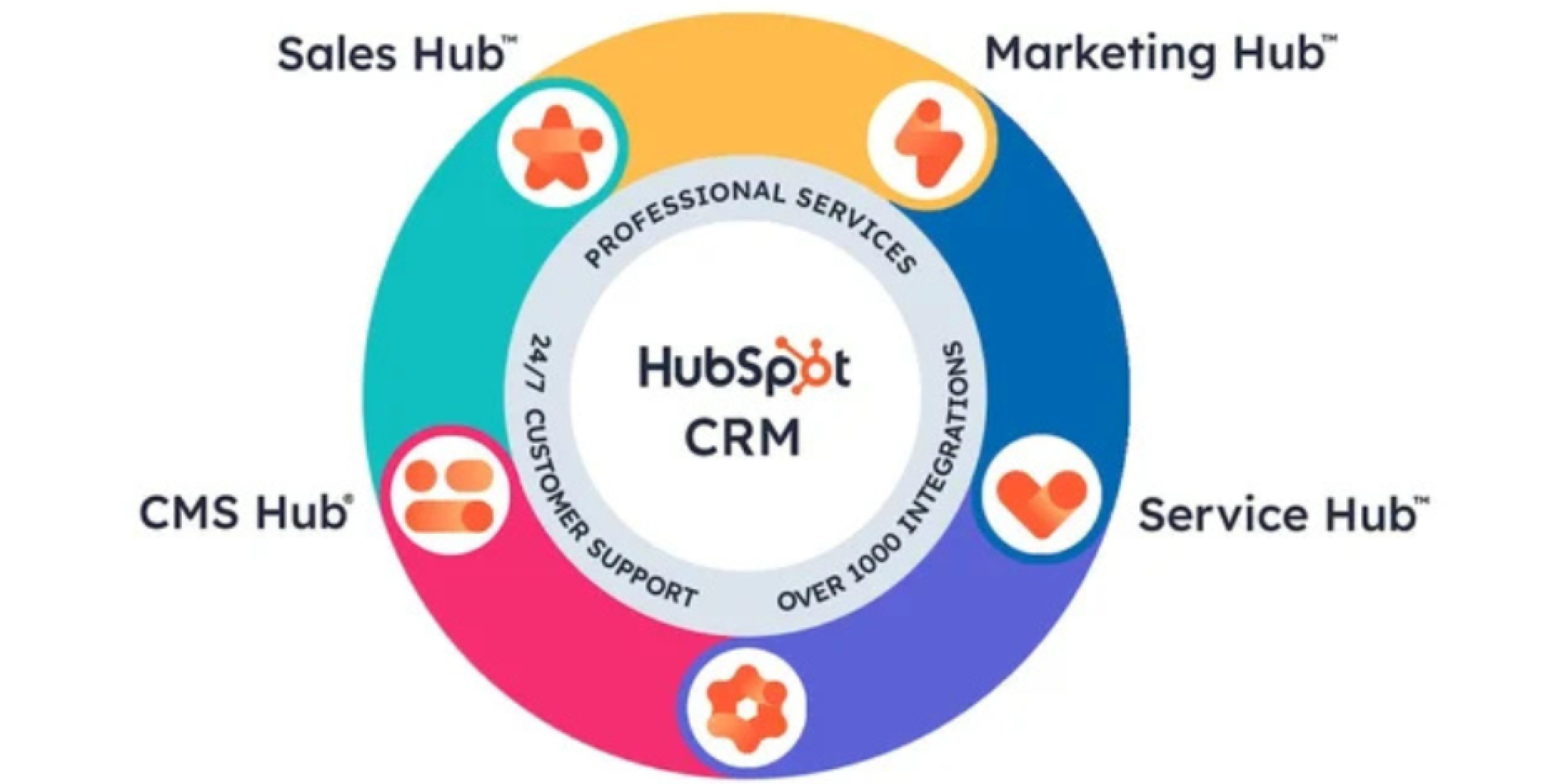
What is HubSpot Usage Maturity?
HubSpot Usage Maturity is a measure of how strategically integrated, automated, and data-driven your processes are within the HubSpot platform. It’s a journey that moves you away from chaos and towards predictable growth.
Define the Term: It is not about using every single feature. It’s about strategically using the platform’s integrated capabilities—across Marketing, Sales, and Service—to create a unified, data-driven customer journey.
The Spectrum: Maturity is the journey from a disorganized collection of contacts (Stage 1) to a fully integrated, automated, and intelligent business intelligence hub (Stage 4).
Key Differentiators: What separates low maturity from high maturity is a fundamental shift in approach:
Reactive vs. Proactive actions
Siloed data vs. A single source of truth
Manual tasks vs. Scalable automation
Guesswork vs. Data-driven decisions
The Four Stages of HubSpot Maturity (And Their Revenue Impact)
Understanding where your company stands is the first step toward charting your course to maximum ROI.
Stage 1: Foundational (The Digital Rolodex)
What it looks like: HubSpot is used primarily as a basic CRM to store contact and company data. Data entry is often manual and inconsistent. The sales team may log calls or emails, but Marketing still relies on separate tools for one-off email blasts. There is virtually no alignment between departments.
Revenue Impact: Minimal. At this stage, HubSpot is largely an organizational tool and is often perceived by leadership as a “cost center.” Any efficiency gains are slight, offering no direct, attributable revenue growth.
Stage 2: Integrated (The Marketing & Sales Machine)
What it looks like: Integration begins. Marketing uses landing pages, forms, and email marketing features in a connected way, implementing basic workflows for simple lead nurturing. The Sales Hub is used for sequences, email templates, and snippets to boost efficiency. Teams use basic dashboards to track activities.
Revenue Impact: Noticeable. This is the stage where ROI begins to manifest:
Higher Lead-to-Customer Conversion Rate: Nurtured leads close at a measurably higher rate.
Increased Sales Productivity: Sales reps save time on administrative follow-up.
Shorter Sales Cycles: Timely automation prevents leads from stalling.
Stage 3: Optimized (The Scalable Growth Engine)
What it looks like: The organization moves from basic features to strategic deployment. They utilize advanced automation for personalization and complex segmentation. Lead Scoring is implemented to prioritize hot leads. Attribution Reporting is used to connect campaigns directly to revenue. Sales and Marketing are fully aligned on goals, definitions (MQLs), and reporting.
Revenue Impact: Significant & Predictable.
Improved Marketing ROI: Data drives decisions, allowing the team to cut waste and double down on high-performing channels.
Increased Average Deal Size & CLV: Data is used to identify up-sell, cross-sell, and retention opportunities.
Stronger Customer Lifetime Value (CLV): Service Hub is used strategically to improve customer experience and retention.
Stage 4: Strategic (The Business Intelligence Hub)
What it looks like: The entire platform—Marketing, Sales, Service, and CMS Hubs—works in unison. The organization leverages Custom Objects and advanced reporting to tailor HubSpot to their unique business model. HubSpot is fully integrated with other critical business systems (ERP, finance software). Predictive Analytics are used to forecast revenue, identify at-risk customers, and model growth scenarios. HubSpot data informs overall business strategy, not just sales and marketing tactics.
Revenue Impact: Transformational.
Predictable Revenue Forecasting: The organization moves from educated guessing to confident, data-backed foresight.
Data-Driven Strategic Decisions: HubSpot data informs product development, market expansion, and hiring strategies.
Durable Competitive Advantage: Operations are so integrated and customer-centric that competitors cannot easily replicate the efficiency or customer experience.
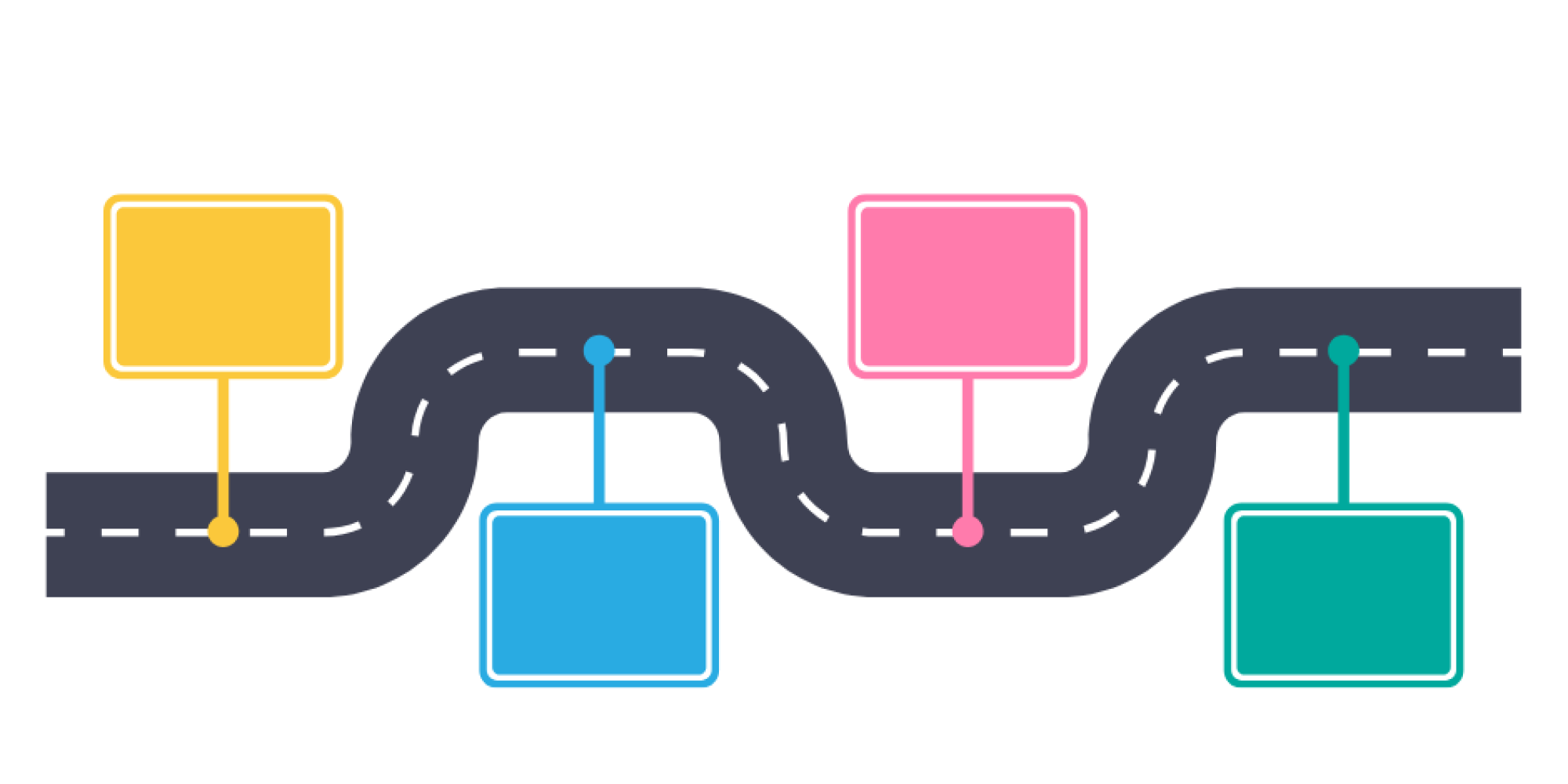
How to Level Up: Your Roadmap to HubSpot Maturity
Moving up the maturity ladder requires intentionality and discipline. Follow these steps to guide your transition:
Step 1: Conduct a Self-Audit: Be honest about your current usage. Go through the checklist points in the stages above and pinpoint exactly where you are now.
Step 2: Prioritize a Single, High-Impact Area: Don’t try to implement everything at once. Pick one thing that will move the needle from your current stage to the next (e.g., “Implement a lead scoring model” or “Define and set up your first attribution report”).
Step 3: Invest in Enablement & Training: Knowledge is your biggest bottleneck. Leverage resources like HubSpot Academy, hire a solutions partner for custom training, or appoint an internal “HubSpot Champion.”
Step 4: Commit to Data Hygiene: Your insights are only as good as your data. Establish and enforce clear processes for data entry and schedule regular data clean-ups. Stage 3/4 reporting is impossible with Stage 1 data.
Step 5: Adopt a Mindset of Continuous Improvement: Maturity isn’t a destination. Schedule quarterly reviews of your HubSpot usage to identify new opportunities for automation, integration, and optimization.
Stop Paying for a Platform, Start Investing in Growth
The value of HubSpot is not found in its features list, but in how strategically and completely you deploy them. The correlation is clear: moving up the maturity ladder is not just a technical exercise; it’s a direct path to more efficient, predictable, and scalable revenue growth.
Challenge yourself to move out of the “Digital Rolodex” phase. By committing to the roadmap, you transform your HubSpot portal from a passive cost center into an active, strategic engine for your entire company.
Ready to accelerate your growth?
Resources:
HubSpot Academy: https://academy.hubspot.com/
HubSpot Blog – RevOps: https://blog.hubspot.com/operations
HubSpot Knowledge Base – Lead Scoring/Attribution: https://knowledge.hubspot.com (Search for “Lead Scoring” and “Attribution Reports”)
HubSpot Product Pages: https://www.hubspot.com/products
